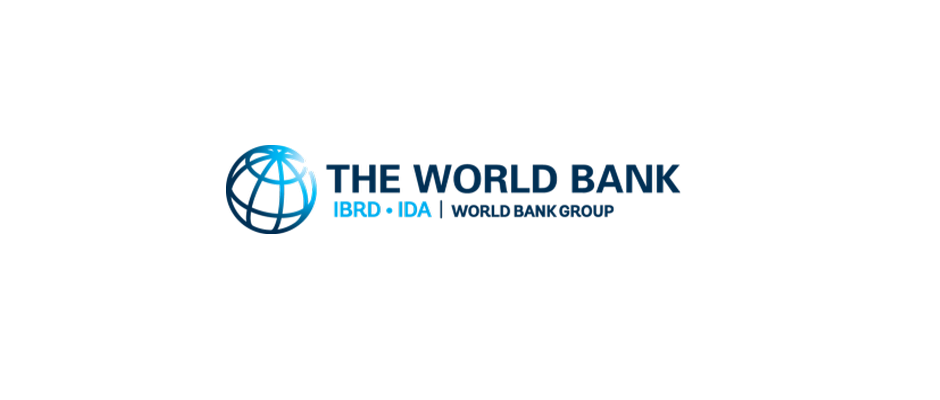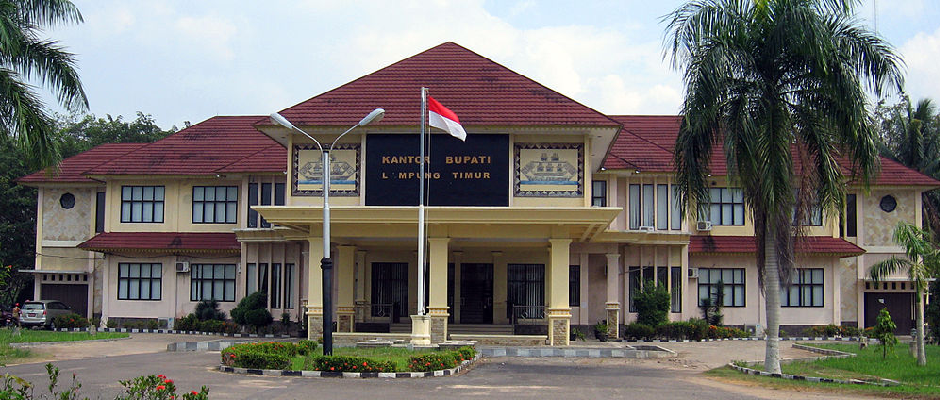
Indonesia’s forest and peat land fire in 2015 is recorded as the worst forest fire incident since 1997 with 127,000 fires across the country. These fires, mostly resulted from slash and burn method used to clear forest and peat land for commodity plantations, created toxic smog that has enveloped greater parts of Indonesia’s Sumatera and Kalimantan islands, as well as neighboring countries Singapore and Malaysia. Thick haze disrupted every day life and caused cases of haze related respiratory illness and death, forcing six Indonesian provinces to declare a state of emergency status (World Resource Institute, October 29, 2015).
As a decentralized country, Indonesian Central Government actions to prevent forest and peat land fire is constrained by divided authority over forest and land use. Understanding which powers and responsibilities held by which levels of government in this matter, both de jure and de facto, is an essential step to create an effective policy to prevent future man-made forest fire disaster in Indonesia.
Fitrian Ardiansyah, Andri Akbar Marthen and Nur Amalia’s paper, “Forest and Land-use Governance in Decentralized Indonesia, A Legal and Policy Review,” reviews the statutory distribution of powers and responsibilities across levels and sectors. It outlines the legal mandates held by national, regional and local governments with regard to land and forests, including titling, forest concessions, oil and minerals investments, oil palm plantations, conservation, land use planning, and more. The review also considers national legislation as of 2014 and incorporates important reforms in early 2015.
The paper consists of five sections. After a short introduction, the second section of the paper describes the decentralization process, including mechanisms for public participation. The third section outlines sources of revenue available to different government levels from forest fees and payments for environmental services. The fourth section details the specific distribution of powers and arenas of responsibility related to multiple land use sectors across levels and among offices within levels, and the fifth and final section refers specifically to adat law. Summary tables are included for each different policy arena to facilitate analysis across government levels and functions: policy making, administration, control and monitoring, auditing and sanction.
Full text is available for download here.
Ardiansyah, F, Andri A Marthen and Nur Amalia (2015).”Forest and Land-use Governance in Decentralized Indonesia, A Legal and Policy Review”. CIFOR Occasional Paper no. 132.



